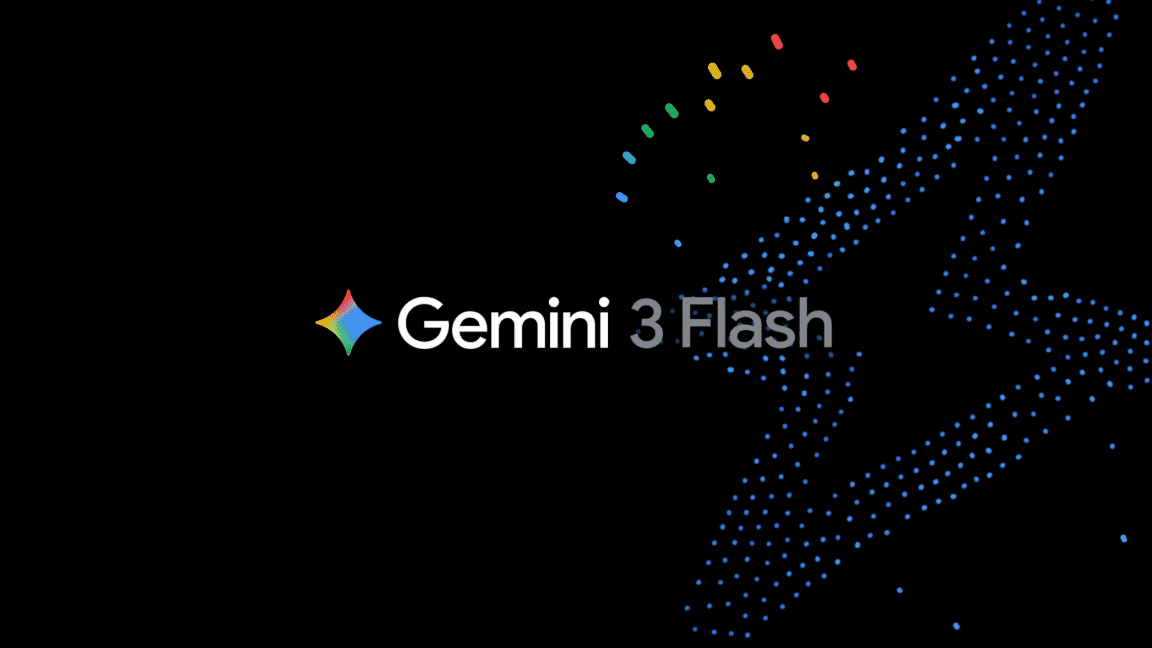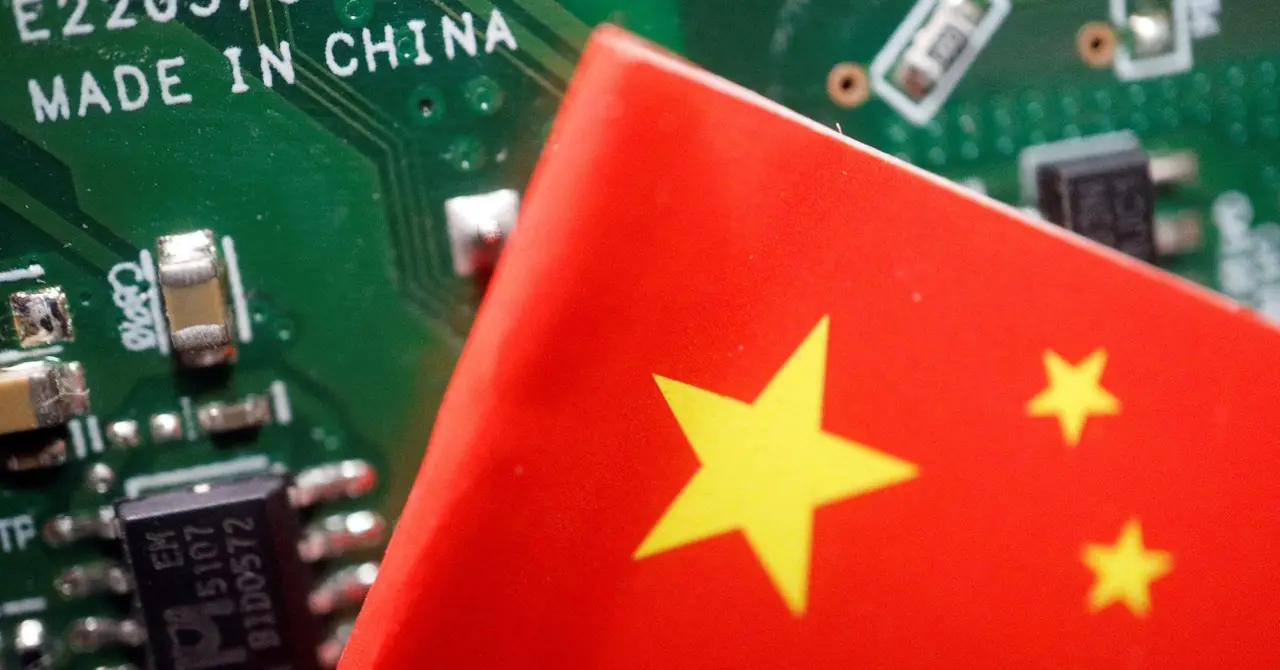Nvidia's AI Chip Dominance Sparks Global Race for Alternatives
2 Sources
2 Sources
[1]
AI moves along 'hype cycle' to make its mark on legal profession
A few weeks from now, ChatGPT -- the chatbot that propelled generative artificial intelligence into the mainstream -- will celebrate its second anniversary. The occasion will also provide a natural moment of reflection for the legal industry, which was singled out by analysts as having a business model that was most likely to be disrupted by the advent of the large-language models that power generative AI tools. However, as the generative AI "hype cycle" enters its trough of disillusionment, law firms are moving away from grand pronouncements to evaluating precisely how and where AI tools can be of most help. A report by consultancy Deloitte published this summer found that just 6 per cent of corporate clients believed they were benefiting from their law firms' use of generative AI, yet more than 70 per cent said they expected the tech to result in cost savings for legal work and faster turnaround times. Advocates of the integration of AI in law say such efficiencies are coming, if they are not already here. Below are some key themes on which early adopters of the technology are now focusing: Early on, law firms realised that a "one-size-fits-all" AI system would not work in a global industry that prizes privacy and confidentiality above all. For a start, regulations mandate that some data must be kept locally, and the underlying models, such as OpenAI, are increasingly unavailable in certain countries, such as China. Tara Waters, partner at Ashurst until last month, finds that the tools required to determine which data can be used by a generative AI model, and where, do not "exist in any of the third-party platforms" -- not even market-leading offerings such as Copilot, from Microsoft. For this reason, she described the firm as not "in a place where [it was] comfortable with Copilot". Ashurst is still in a "holding pattern" with some clients that need reassurance on how data will be sequestered and where it will be located for compliance purposes. David Wakeling, partner at A&O Shearman, says his firm has 1.5bn documents that large tech companies might have been tempted to feed into an algorithm en masse, but "we need to protect client data". Hence, his firm is only rolling out the full stack of AI features for certain clients and certain tasks. Once the AI is used for cross-border transfers, he says, "it gets very complicated". In that scenario "we have to look at processing only in that jurisdiction in order to meet those requirements . . . that tech stack suddenly gets difficult because you now need cloud processing in the Middle East, or in Switzerland or Singapore". Hogan Lovells' bespoke AI tool, Craig, uses "auto-pseudonymisation", auto-encryption and zero data retention -- meaning its algorithm rapidly deletes information on which it has drawn its conclusions. Even so, partner Sebastian Lach says that, to comply with local rules, not all users will have access to a full suite of products. While he admits his firm may not be using the "most sexy" of AI applications, San Francisco-based Cooley partner Peter Werner says some of the tools not "specific to the delivery of legal services" can deliver immediate time savings. For example, the firm, which has offices in London and Brussels, uses the technology to summarise long strings of emails and allow staff to catch up on missed communications more rapidly after returning from holiday, or before a meeting. Lach, at Hogan Lovells, who co-leads its tech entity Eltemate, also concedes that functions such as compiling the first draft of a contract or composing an initial briefing document may not seem revolutionary. But he argues that they replace "the work that nobody likes to do" and "free up your brain to take care of the really important stuff . . . to create justice, good results, good law". Last year, when warning that 300mn jobs could be lost to generative AI, Goldman Sachs analysts identified law as one of the most exposed sectors. Yet there is no sign of vast lay-offs; only lawyers reporting incremental efficiencies. A&O Shearman says, in some instances, the firm is witnessing a 20 per cent to 30 per cent productivity gain -- or something like seven hours per contract review -- thanks to its in-house system ContractMatrix, used by 2,000 lawyers at the firm. Overloaded associates are the heaviest users, at least for the moment, because they are in greater demand than ever. As Waters predicts, it will be "a good three to five years before anyone in the industry actually has a clear view on how their business model might need to change". However, there is another concern beyond the long-term fear of staff cuts driven by AI efficiencies. Cooley's Werner worries that associates are "turning off their brain to create a first draft of a brief or the first draft of a contract", and missing out on the in-depth training needed to think on their feet and advise clients. Thanks to its AI tools, Cooley staff can now form a company within minutes. But that is "just pressing buttons", says Werner. "How are we getting them to the point where, 15 years from now, they are a person who can teach a new generation how to be a great lawyer?" No single law firm -- not even any of the sector's big beasts -- can afford to build its own large-language model, or to compete with heavily funded generative AI start-ups. But rather than settle for "out-of-the-box" solutions such as OpenAI, many have decided on a middle ground: training algorithms on their own data sets and intellectual property. Lach says the key has been "giving the AI good books to read" -- or literature that is tailored to its lawyers' and clients' needs. At Hogan Lovells, the outcome is Craig, which can help users with everything from navigating regulatory updates to drafting a prospectus for an initial public offering. The system is used both internally and externally by many of the firm's larger clients. A&O Shearman -- which, as Allen & Overy, began rolling out the generative AI tool Harvey in late 2022 -- found that lawyers were primarily using it to cure "writer's block", says Wakeling, while steering clear of more sophisticated uses for fear of getting inaccurate results. The firm built its ContractMatrix drafting tool partly to manage so-called hallucinations -- the delivery of false or misleading information. The output from the tool contains hyperlinks back to the original, signed-off work that is being referenced, giving lawyers the ability to easily check facts and conclusions at the source.
[2]
In-house legal teams start to see AI gains
On a recent visit to a new team in Barcelona, Maria Varsellona, chief legal officer at consumer goods group Unilever, says she found an energised group of lawyers and data experts who had moved from all over Europe to join the company. The team is one of the company's three so-called powerhouses -- legal delivery centres collectively employing 85 staff, set up in March last year, to handle large volumes of legal contracts. The other two are in Mexico City and Bengaluru. Although Unilever announced plans in July to cut around a third of its office roles in Europe -- as part of a strategy to boost growth and productivity -- Varsellona says that, for the legal team at least, the impact of these cuts will be "minimal". That is because changes made since she took her role in 2022, including setting up the centres, have improved efficiency. Other companies, including GE and BT, set up similar legal process centres in the 2000s -- many in India or eastern Europe -- to handle routine legal work at a lower cost. However, the difference with Unilever's centres is that they are using the latest technologies, including generative artificial intelligence, which means they can handle increasingly complex legal documents and tasks. Many of the top 10 in-house legal teams featured in this 2024 FT Innovative Lawyers Europe report have also moved beyond experimenting with generative AI to using it in everyday work. And, for some, it is delivering benefits sooner than expected. At Unilever, this year's most innovative in-house legal team in Europe, the technology is already allowing the team to handle more work in house, faster and more cheaply. As AI enables large companies to do more legal work themselves, instead of sending it to external law firms, it has the potential to change the economics of the corporate legal industry. "Towards the end of last year, we understood that generative AI offered an opportunity that we couldn't miss," says Varsellona. Her team was one of the first, globally, to invest heavily in deploying tools such as Microsoft's Copilot and CoCounsel, a legal-specific AI assistant. The tools are used in the delivery centres and across the wider legal department. The team found that using AI tools in house to automate tasks, such as contract drafting and review, boosted productivity. Internal analyses show that lawyers using the technology are saving on average 30 minutes a day. It has also freed up time for problem-solving and reduced the use of external counsel to handle these tasks. As more legal teams implement AI tools, they can become more selective about the work they send to external law firms, rather than relying on them simply because there is too much to handle. "You are going to go to the outside counsel when you really have a difficult question and you need the expertise to make the right judgment call," explains Varsellona. The legal and compliance team at chipmaking equipment provider ASML rolled out the legal AI tool ContractMatrix earlier this year and is starting to measure the benefits and the time savings it delivers. It uses the tool to review third-party contracts and summarise regulation, as well as for research tasks. The team expects AI to reduce the cost of using outside lawyers over time. "When you have quick questions, instead of picking up your phone to a law firm and immediately paying €500, you will have the ability to ask the generative AI," says Sandrine Auffret, ASML's chief legal counsel. She also expects to see changes in how law firms work with the company, including a reduction in their fees, if they are also using generative AI themselves. "We recently renegotiated all our terms and conditions with our preferred law firms, and included a clause in our contract that they have to pass on savings they generate from generative AI," Auffret says. The legal team at Spanish energy company Repsol developed its own generative AI tool, Lexia, and has also been using Harvey, another AI tool. It has tracked more than 12,000 prompts or queries made in these tools in less than six months by its team of 160 lawyers. "We are just at the beginning," says general counsel Pablo Blanco Pérez. "It's not magic, it's an opportunity. It's like when the internet came in." But, as the technology develops, competition will increase as speed becomes the key issue, he adds. "Usually, among law firms, you see the bigger ones eat the smaller ones. Soon it will be that the fastest eat the slowest."
Share
Share
Copy Link
Nvidia's monopoly in AI chips has prompted countries and tech giants to seek alternatives, driving a global competition for AI hardware supremacy.

Nvidia's AI Chip Monopoly
Nvidia, the US chipmaker, has established a near-monopoly in the market for artificial intelligence chips, sparking a global race to develop alternatives. The company's graphics processing units (GPUs) have become the go-to hardware for training large language models, the foundation of generative AI systems like ChatGPT
1
. This dominance has led to concerns about supply chain vulnerabilities and geopolitical risks, prompting countries and tech giants to invest heavily in developing their own AI chip technologies.The Global Push for AI Chip Alternatives
Countries around the world are recognizing the strategic importance of AI hardware and are taking steps to reduce their dependence on Nvidia:
- China: Facing US export controls, Chinese companies like Huawei and Alibaba are developing their own AI chips
1
. - Europe: The EU is investing billions in chip manufacturing and design to boost its technological sovereignty
2
. - Japan: The government is supporting domestic chip development and attracting foreign investment in semiconductor production
2
. - South Korea: The country is leveraging its strong semiconductor industry to develop AI-specific chips
1
.
Tech Giants Join the Race
Major technology companies are also investing in their own AI chip development:
- Google: Developing tensor processing units (TPUs) for its AI workloads
1
. - Amazon: Creating Trainium chips for training AI models
1
. - Microsoft: Exploring custom chip designs to reduce reliance on Nvidia
1
.
Related Stories
Challenges and Opportunities
While the push for alternatives is gaining momentum, several challenges remain:
- Technical complexity: Developing chips that can match Nvidia's performance is a significant technical challenge
1
. - Software ecosystem: Nvidia's CUDA software platform gives it a significant advantage, making it difficult for competitors to gain traction
1
. - Time and investment: Developing competitive AI chips requires substantial time and financial resources
2
.
Despite these challenges, the race for AI chip alternatives presents opportunities for innovation and could lead to a more diverse and resilient AI hardware ecosystem in the long term.
References
Summarized by
Navi










